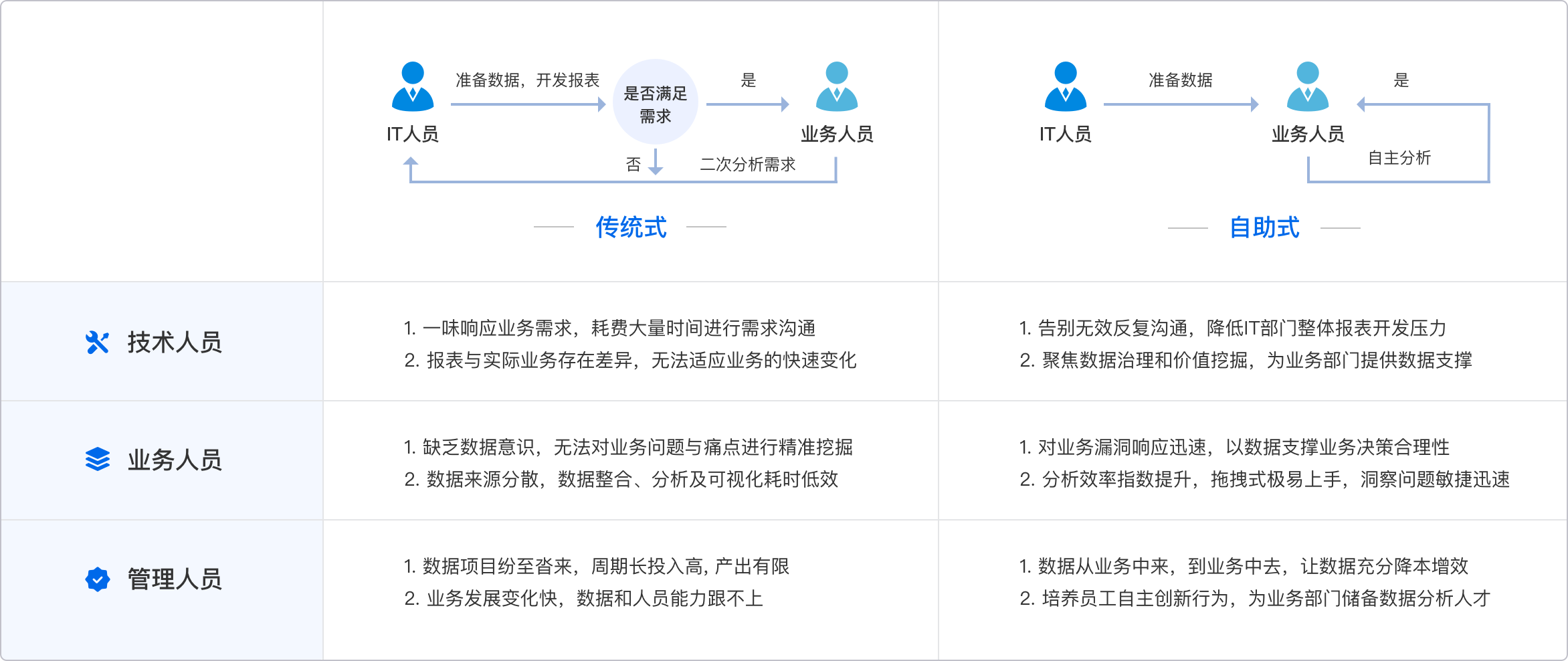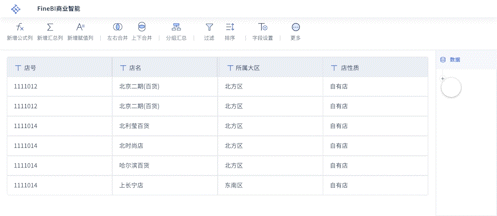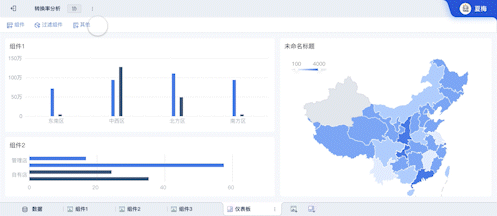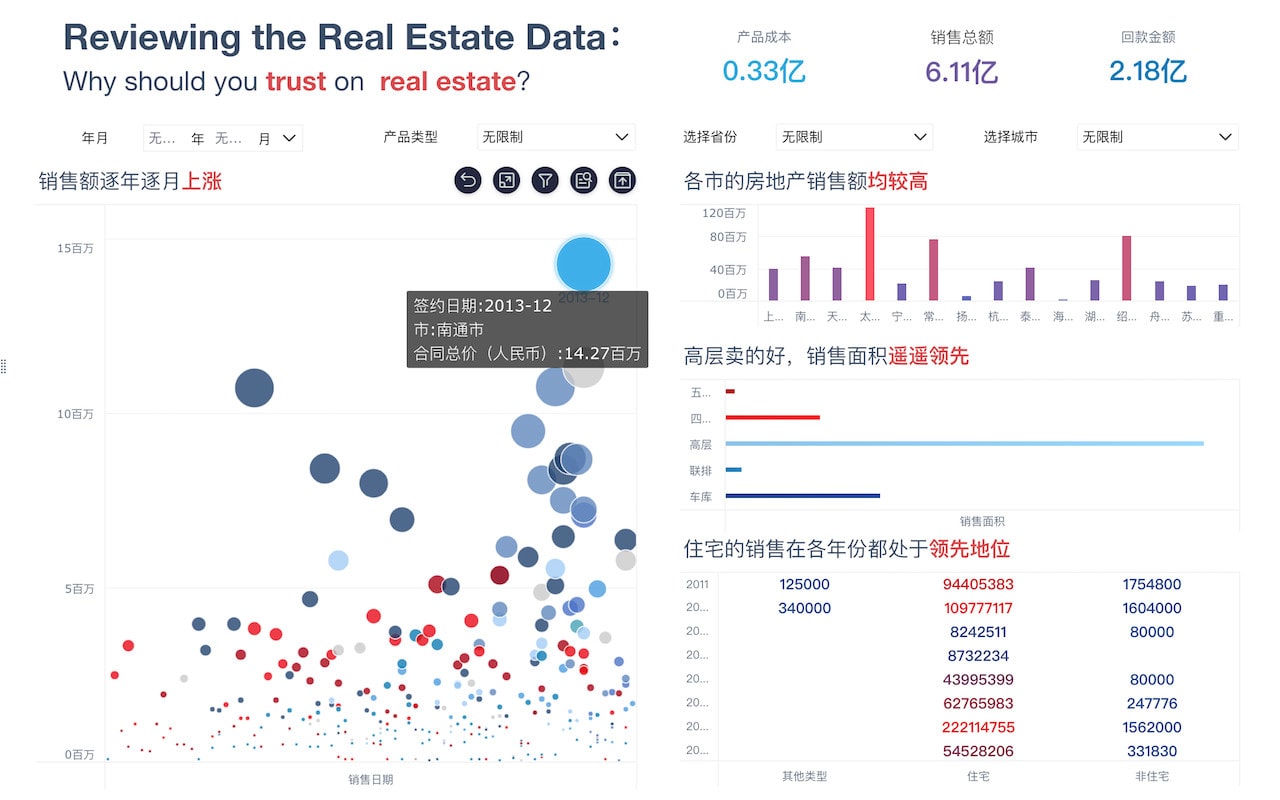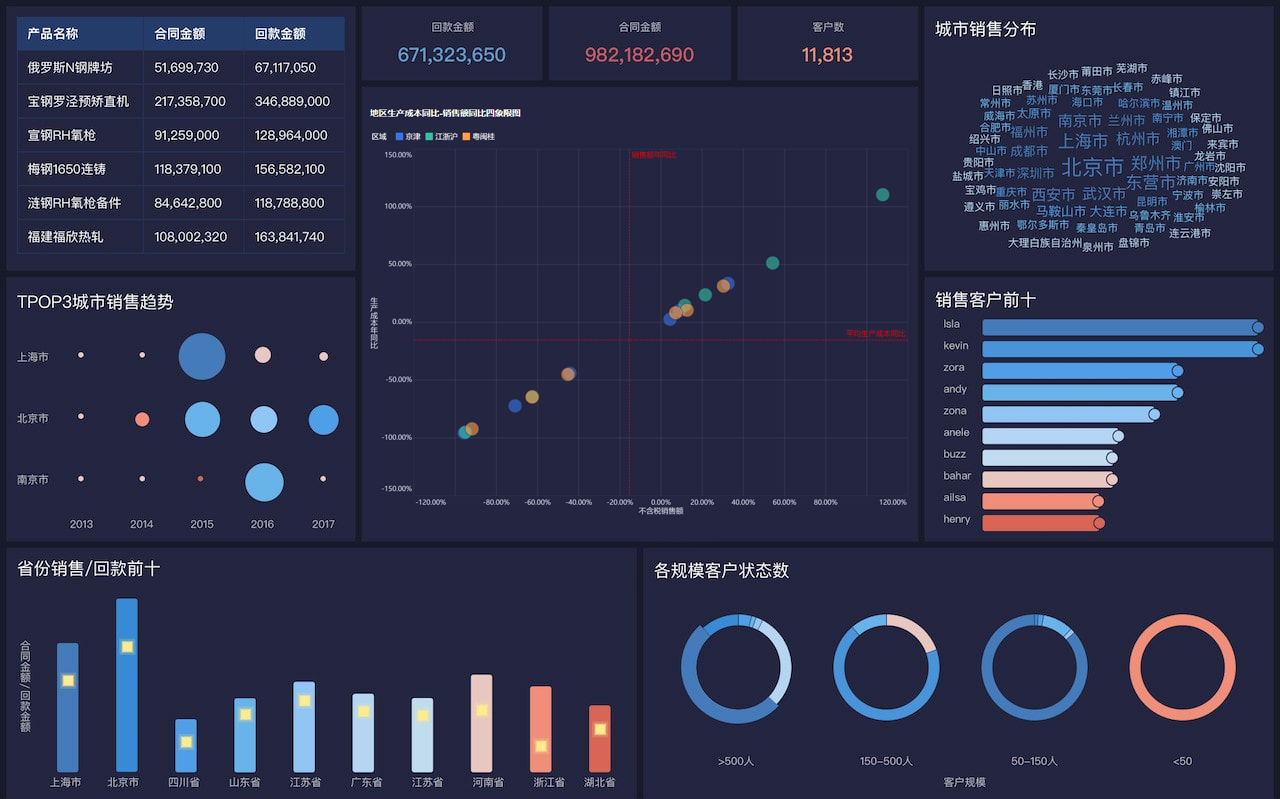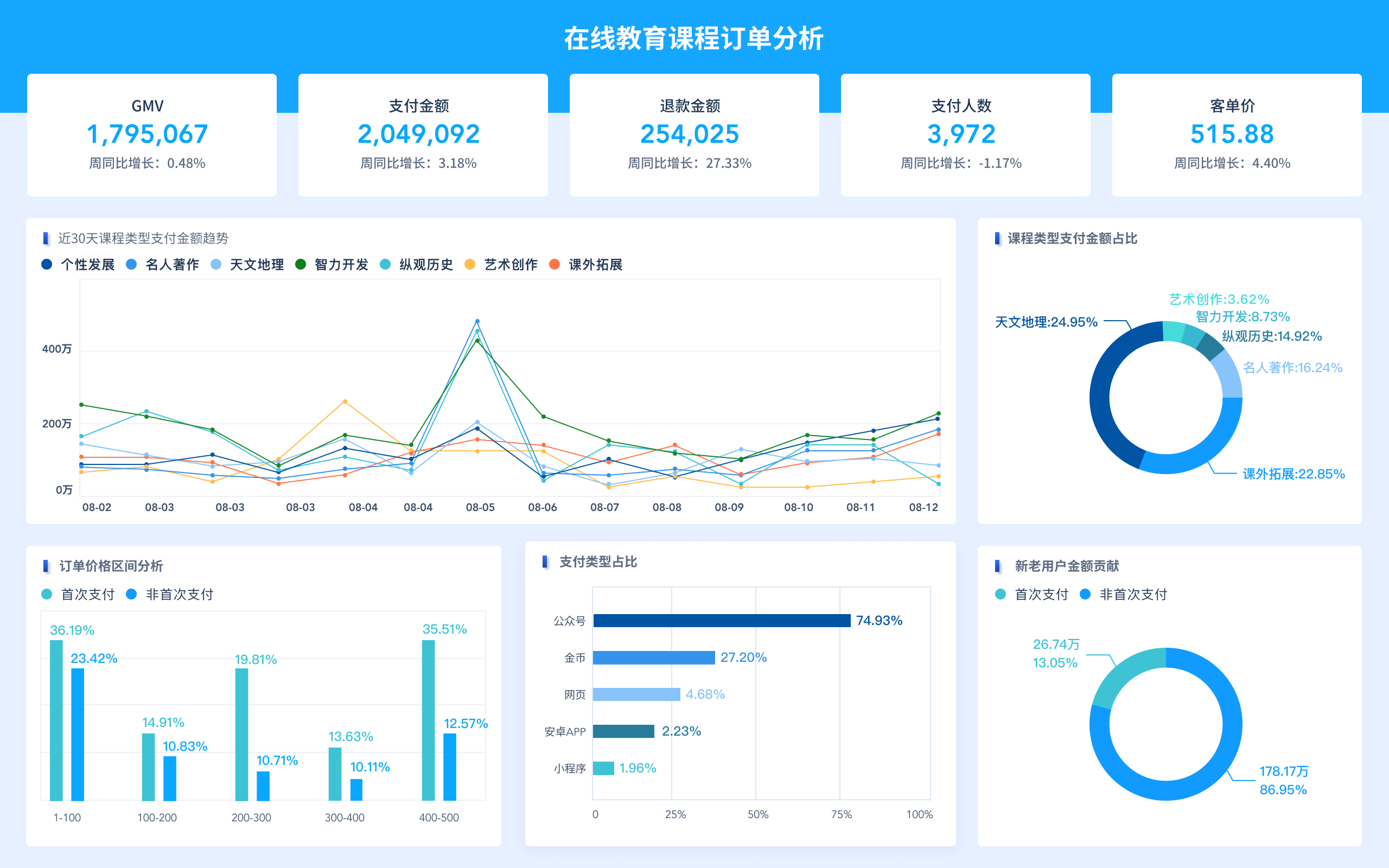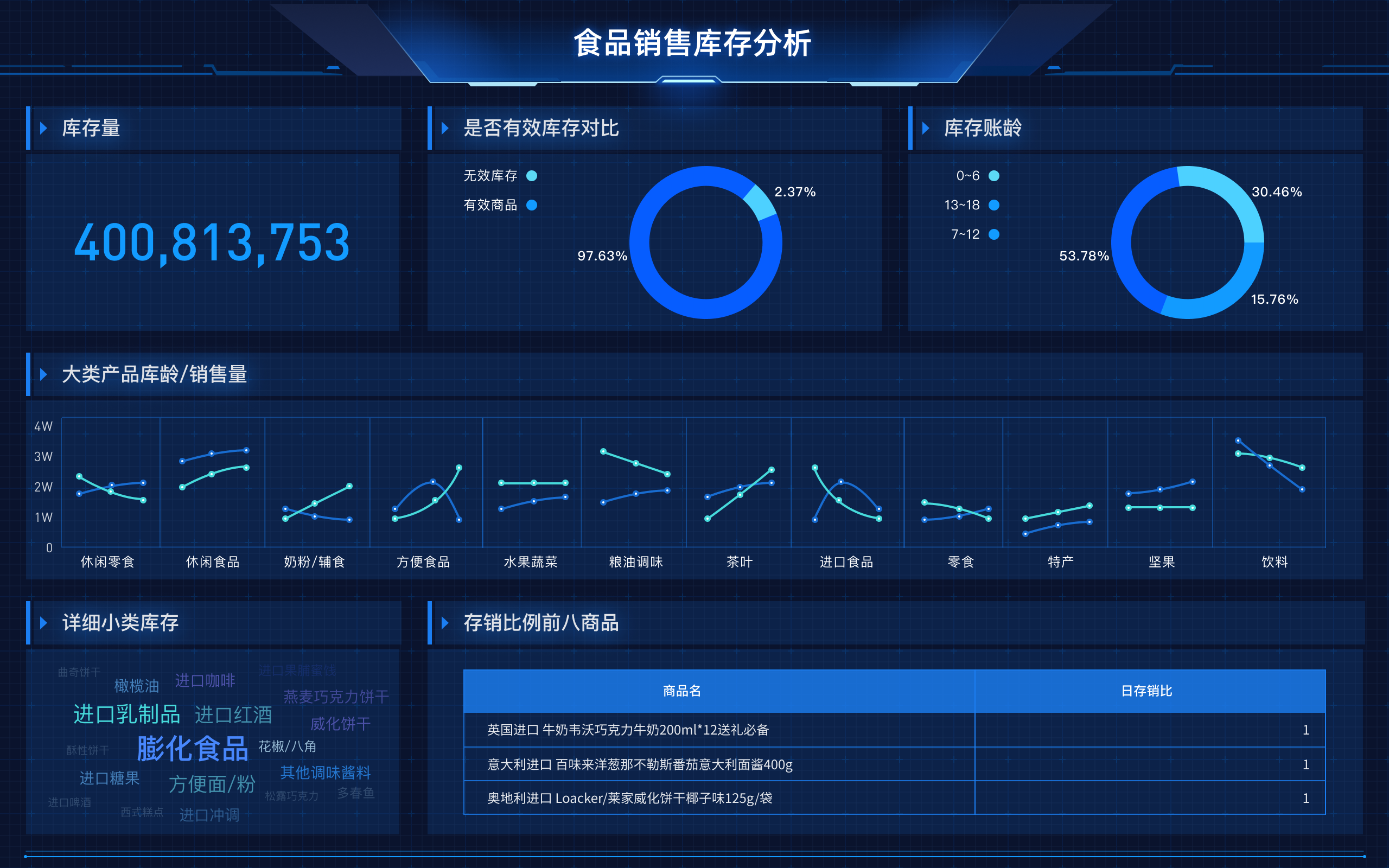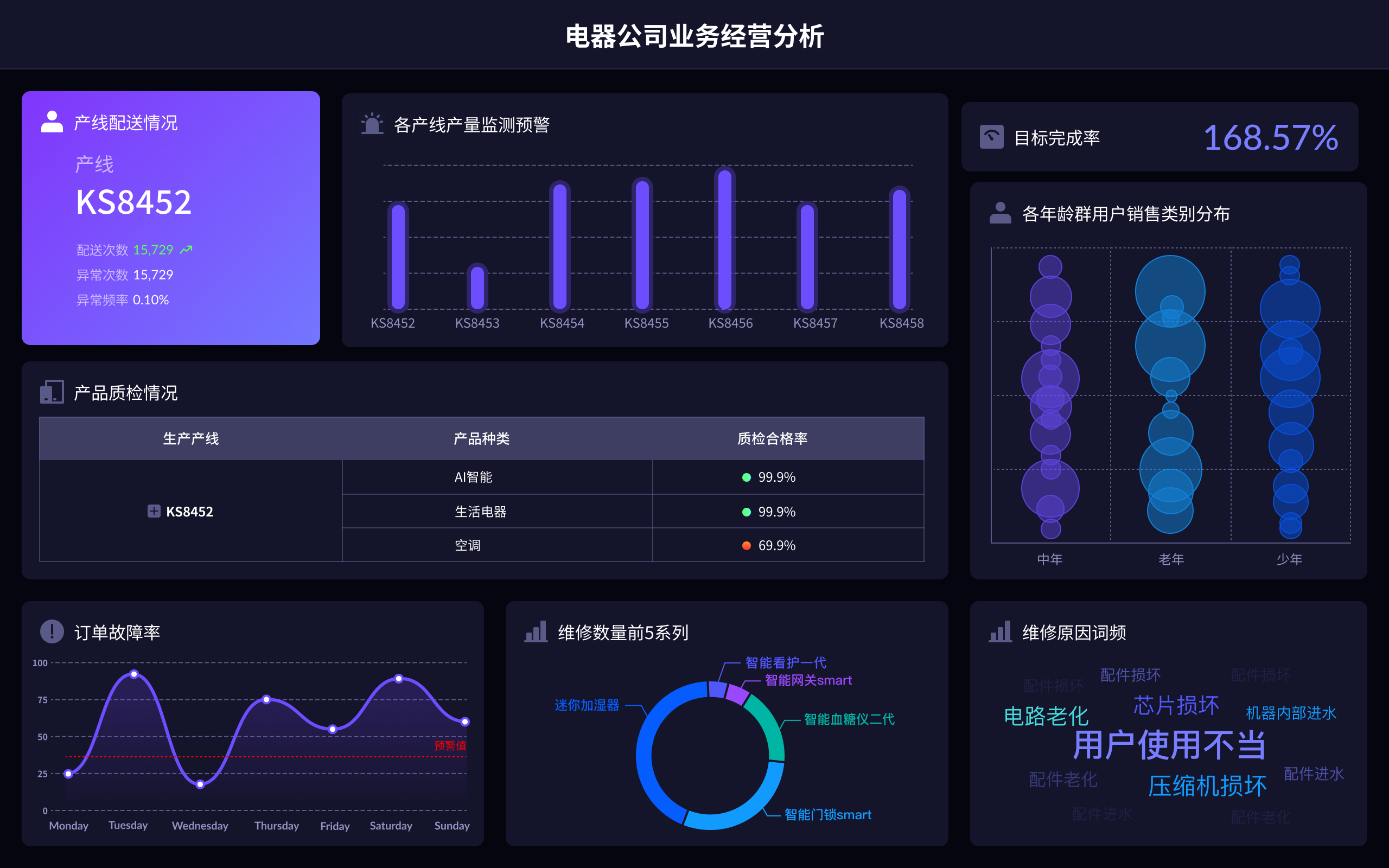
The four main characteristics of a data warehouse are: Subject-Oriented, Integrated, Non-Volatile, and Time-Variant. A data warehouse is subject-oriented because it is designed to analyze data according to a specific subject or area, such as sales, rather than by application or process. This allows organizations to focus on specific data sets for in-depth analysis. Being integrated means that a data warehouse brings together data from multiple sources, ensuring consistency and standardization. This integration ensures that data from different sources is compatible and can be compared effectively. Non-volatile indicates that once data is entered into the warehouse, it is not changed or deleted; this stability allows for consistent historical analysis. Time-variant means that the data warehouse stores historical data, which allows users to analyze changes over time and identify trends. By understanding these characteristics, businesses can effectively utilize data warehouses to enhance decision-making and strategic planning.
一、SUBJECT-ORIENTED
A subject-oriented data warehouse is organized around key subjects or areas of interest such as customers, sales, or products. Unlike operational systems that are organized around specific processes or applications, a subject-oriented architecture allows for a more comprehensive view of data related to a particular area. This focus on subjects rather than applications means that the data is structured in a way that supports analysis and decision-making. For example, in a retail business, a data warehouse might be organized around subjects like customer demographics, purchasing behavior, and sales trends. This subject-oriented approach enables businesses to ask complex questions about their operations, such as identifying the most profitable customer segments or analyzing purchasing patterns over time. By aligning the data structure with the business's analytical needs, a subject-oriented data warehouse provides a powerful tool for gaining insights and making informed decisions.
二、INTEGRATED
Integration is a critical characteristic of data warehouses, as it involves combining data from various sources into a single, cohesive repository. Data in a data warehouse comes from disparate sources such as transactional systems, customer databases, and external data feeds. The integration process involves cleaning, transforming, and standardizing data to ensure consistency and compatibility. This process eliminates inconsistencies that might arise from different naming conventions, formats, and data types across source systems. The integrated nature of a data warehouse ensures that users can perform comprehensive analyses without worrying about data discrepancies. For example, sales data from different regional offices might be stored in various formats, but in a data warehouse, this data is standardized, allowing for accurate cross-regional comparisons and analysis. Integration also supports data quality and accuracy, which are essential for reliable reporting and decision-making. By creating a unified view of data, integration facilitates better collaboration and data-driven strategies across an organization.
三、NON-VOLATILE
The non-volatile nature of a data warehouse means that once data is loaded into the system, it remains stable and unchanged. This characteristic is crucial for maintaining historical accuracy and consistency over time. In operational systems, data is frequently updated, modified, or deleted as part of day-to-day transactions. However, a data warehouse preserves historical data, enabling organizations to track changes, analyze trends, and generate reports based on consistent data sets. The non-volatile characteristic supports business intelligence activities by providing a reliable and unchanging data foundation. For instance, a company can use historical sales data stored in the data warehouse to forecast future demand, identify seasonal trends, or evaluate the impact of marketing campaigns over time. This stability allows analysts to confidently use historical data for various analytical purposes, knowing that the data will remain intact and unaffected by ongoing operational changes.
四、TIME-VARIANT
Data warehouses are time-variant, meaning they are designed to store and manage data across different time periods. This characteristic allows users to analyze how data changes over time, providing insights into trends and patterns that may not be apparent from a snapshot of data. Time variance is supported by storing data with time-stamps or date ranges, which enables users to perform longitudinal analyses. For example, a business might use time-variant data to compare sales performance across different quarters or years, assess the effectiveness of marketing strategies over time, or track customer behavior patterns. By maintaining historical data, a time-variant data warehouse allows organizations to conduct time-series analyses, evaluate past performance, and make informed predictions about future trends. This temporal aspect of data warehouses is particularly valuable for strategic planning, as it provides a rich historical context that informs decision-making and helps organizations adapt to changing market conditions.
相关问答FAQs:
数据仓库的四大特点在英语中可以表达为 "Four Characteristics of Data Warehousing"。这四大特点通常包括:
-
Subject-Oriented: 数据仓库是围绕特定主题组织的,例如客户、产品或销售,而不是围绕日常操作的功能。
-
Integrated: 数据仓库将来自不同来源的数据整合在一起,确保数据的一致性和准确性,以便进行全面的分析。
-
Time-Variant: 数据仓库中的数据是时间相关的,能够支持历史数据的分析,帮助用户识别趋势和变化。
-
Non-Volatile: 数据仓库的数据是稳定的,通常不进行频繁的更新,而是通过批量加载的方式进行数据的插入和维护。
如果你需要更详细的解释或进一步的信息,请告诉我!
本文内容通过AI工具匹配关键字智能整合而成,仅供参考,帆软不对内容的真实、准确或完整作任何形式的承诺。具体产品功能请以帆软官方帮助文档为准,或联系您的对接销售进行咨询。如有其他问题,您可以通过联系blog@fanruan.com进行反馈,帆软收到您的反馈后将及时答复和处理。


